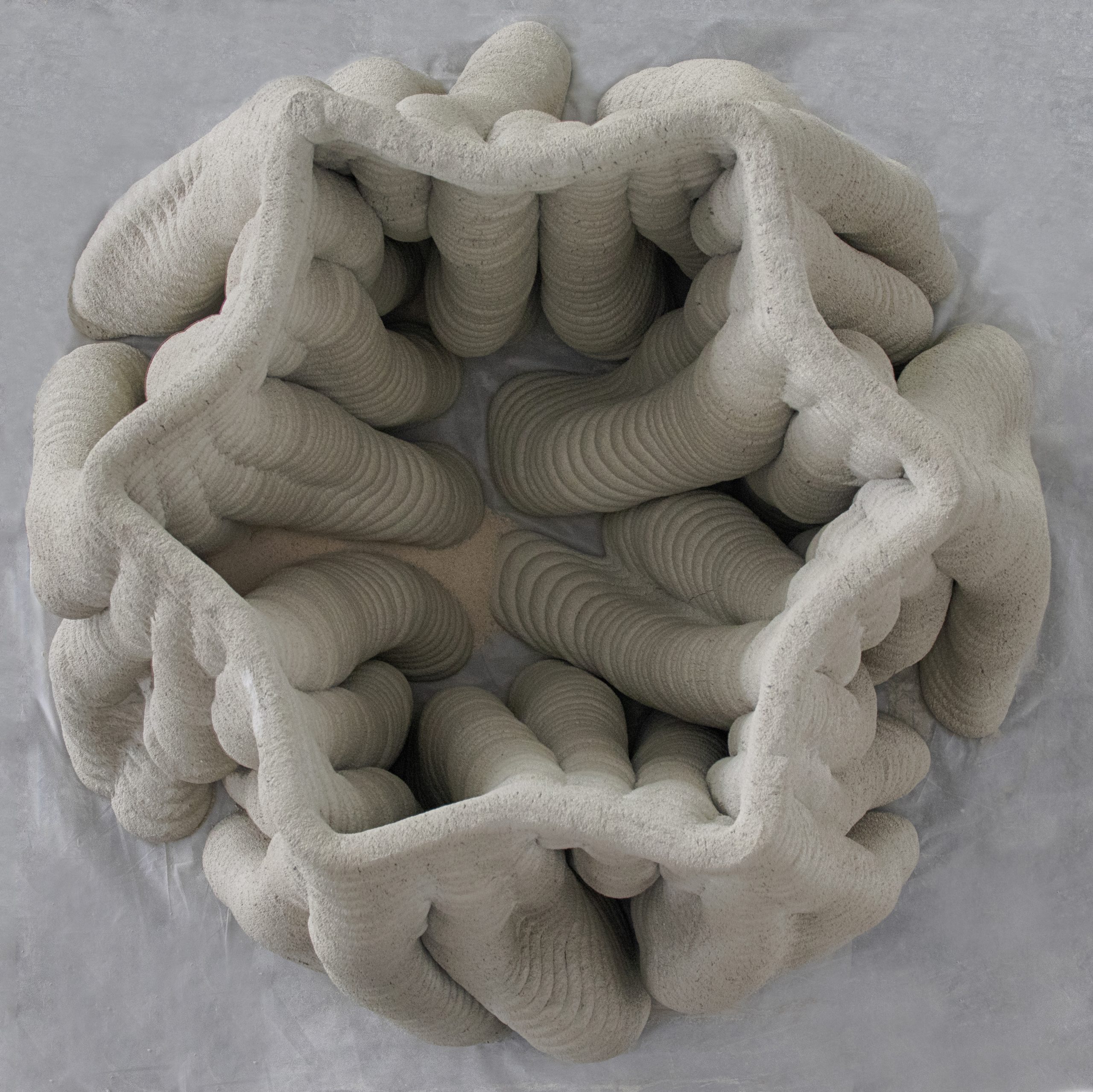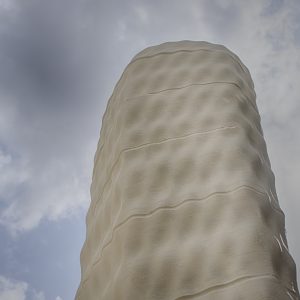ARTIFICIAL REEF
One of the most worrying issues associated with the oceans and marine life is related to the increase in average sea level and ocean temperatures. These changes, directly or indirectly associated with human activities, are threatening the survival of many marine species as evidenced by the progressive bleaching phenomena observed in the Australian Great Barrier Reef frequently reported.
Coral reefs are widely known for their formal complexity, full of multiple concavities and nooks, which serve as a base for the settlement, growth and refuge of various marine species, thus configuring ecosystems of great biological diversity. In this sense, the focus of the Artificial Reef prototypes produced was centred on the potential to generate innovative biomimetic design solutions (tracery like filigree), with customised morphology and texture, seeking to increase the bio-receptivity of large-scale structures, fostering new micro-habitats aimed at certain species and living organisms. After small ceramic impressions, the final concrete prototypes have a hexagonal base with a diameter of about 1 metre, a height of 50 centimetres and a weight of 300 kg.
The Ceramic and Concrete Additive Manufacturing processes are justified by the great capacity to replicate these structures that would take years to form naturally, customising them with complex patterns, regular or irregular, symmetrical or asymmetrical, taking into account the target species. Besides that, also the compositions of the extruded mixtures can be optimised and adjusted to the proposed objectives.
RESEARCH TEAM
Paulo J. S. Cruz, Bruno Figueiredo (coordination); João Ribeiro, António Morais & João M. Silva (design and development).













Reviews
There are no reviews yet.